Welcome – You’re Not Alone
Hi there, and welcome to this five-part video series.
We’re here to walk together through the journey that begins after a diagnosis of ADHD.
You may be asking yourself:
“What now?”
You’ve received the diagnosis—maybe for your child, or perhaps it’s making you reflect on yourself, your partner, or even your other children. ADHD often runs in families, so it’s a natural thought.
Now comes the big question:
How do we move forward from here?
It’s a Journey, Not a Quick Fix
As a neurodevelopmental paediatrician, I often feel like a guide helping families navigate this new path. This isn’t a one-off event—it’s a journey. There may be twists and turns, but the goal is to stay on course and keep moving forward.
What I hope to do in this first video is talk through the initial emotional process of coming to terms with the diagnosis. Because for many families, it can feel overwhelming at first.
Has your child just been diagnosed with ADHD? Parents often have a range of emotions upon hearing the diagnosis. When your child is first diagnosed with ADHD, After the initial emotions of a new diagnosis of ADHD begin to subside, there is much information to learn and treatment decisions. This is in addition to working with the school to provide accommodations. On the other hand, you may also experience relief since there’s finally an explanation for all the difficulties you’ve been facing. The symptoms of ADHD can cause difficulties with work or school, everyday life at home, and relationships.4 As a result, you may have often felt frustrated with others, felt guilty about your actions or felt ashamed. Others may have perceived you as lazy, incompetent, rude, or unreliable. Having an explanation for your struggles can be validating. If you have been diagnosed with ADHD as a teenager or adult, you may regret not being diagnosed earlier. You may wonder how the condition has affected your personal and professional life in the past and the treatment and support you could have benefited from if you had discovered it earlier.
These are some steps that can help you cope with the diagnosis:
- Give yourself time to process it: Being diagnosed with a mental health condition can leave you shaken. You may feel like you’re on an emotional rollercoaster—one moment, you may feel acceptance, and the next, you may feel angry or anxious. Take the time you need to process your emotions.
- Learn about the condition: Educating yourself about ADHD can help you understand what you’re experiencing. It can also help you understand what to expect in the future. It can be helpful to explore educational resources and ask your healthcare provider any questions you have.
- Seek social support: Confide in your loved ones and share your feelings. Their support can be a source of comfort and help you cope. Let them know how they can help you.
- Face the diagnosis: You may wish you had never received the diagnosis or find it easier to pretend it didn’t happen. However, it’s essential to face the diagnosis and take steps to manage and treat your condition.
Part 1: The Diagnosis – Now What?
Summary: Getting an ADHD diagnosis can feel like a whirlwind. Whether it’s your child, yourself, or another family member – this moment marks the start of a new journey. It’s normal to feel overwhelmed, unsure, or even in denial. Many parents first think, “Is it something I did?” The answer is no. ADHD is a neurodevelopmental condition, not a parenting failure. Acceptance doesn’t come overnight – it’s a process that involves learning, understanding, and adjusting expectations. You’re not alone, and with the right guidance, there is a clear path forward.
Part 2: Understanding ADHD Treatment Options
Summary: Once you’ve accepted the diagnosis, the next question is, “How do we treat it?” Medication can be incredibly helpful – but it’s not a magic fix. ADHD treatment works best as a team effort, combining medication (where needed) with education, psychological support, lifestyle changes, and structure at home and school. The most successful approach is always a combination, tailored to your child’s needs. Don’t expect medication to “solve” everything – think of it as one part of a bigger puzzle.
Part 3: Be Realistic – ADHD Is a Marathon, Not a Sprint
Summary: It’s easy to feel impatient. Once the diagnosis is in, many parents want everything sorted immediately. But managing ADHD takes time, patience, and prioritising. There is no quick fix – especially not from medication alone. Children with ADHD often have other challenges too: learning difficulties, anxiety, social skill issues. These need different types of support. Parents must be realistic about expectations and take one step at a time. Focus on progress, not perfection – and don’t forget to look after yourself along the way.
Part 4: Educate Yourself – Knowledge Is Power
Summary: The more you learn about ADHD, the better you’ll be at supporting your child. Education helps you ask better questions, challenge unhelpful advice, and make informed decisions. Start with trusted books (like those by Dr Russell Barkley), websites (like CHADD.org), and free resources like podcasts or YouTube videos. Avoid falling into the trap of misinformation online. Keep learning from professionals, other parents, and even your child. When you’re informed, you’re empowered – and that changes everything.
Part 5: Becoming an Executive Parent – Leading with Purpose
Summary: To support a child with ADHD, you need to become what we call an “executive parent.” That means taking charge – not controlling everything, but guiding with intention. You’re not building a child like an architect; you’re shepherding them through life, helping them flourish with empathy, structure, and knowledge. This starts with a proper diagnosis, a clear treatment plan, and a mindset shift. ADHD is a real disorder, not bad behaviour. Your child needs support, not shame. You don’t have to be perfect – just consistent, compassionate, and connected.
Part 6: Practical Parenting – Structure, Routine, and Calm
Summary: Daily life with ADHD can be chaotic. Children with ADHD struggle with organisation, memory, and time. They need more reminders, simpler systems, and visual aids to stay on track. That means: clocks, alarms, checklists, colour-coding, and planning ahead. Prioritise what truly matters – and let go of perfection. Break tasks into small chunks, set up routines, and build in positive reinforcement. Be proactive rather than reactive. And above all, don’t carry the load alone – involve teachers, join support groups, and lean into community. You’re doing the best you can, and that is enough.
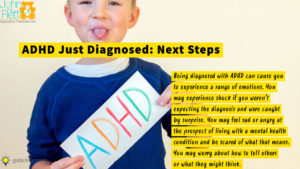
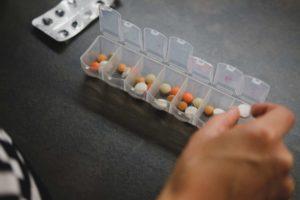
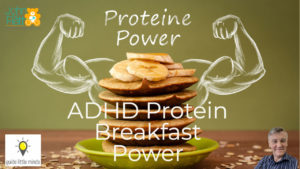
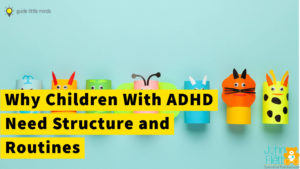
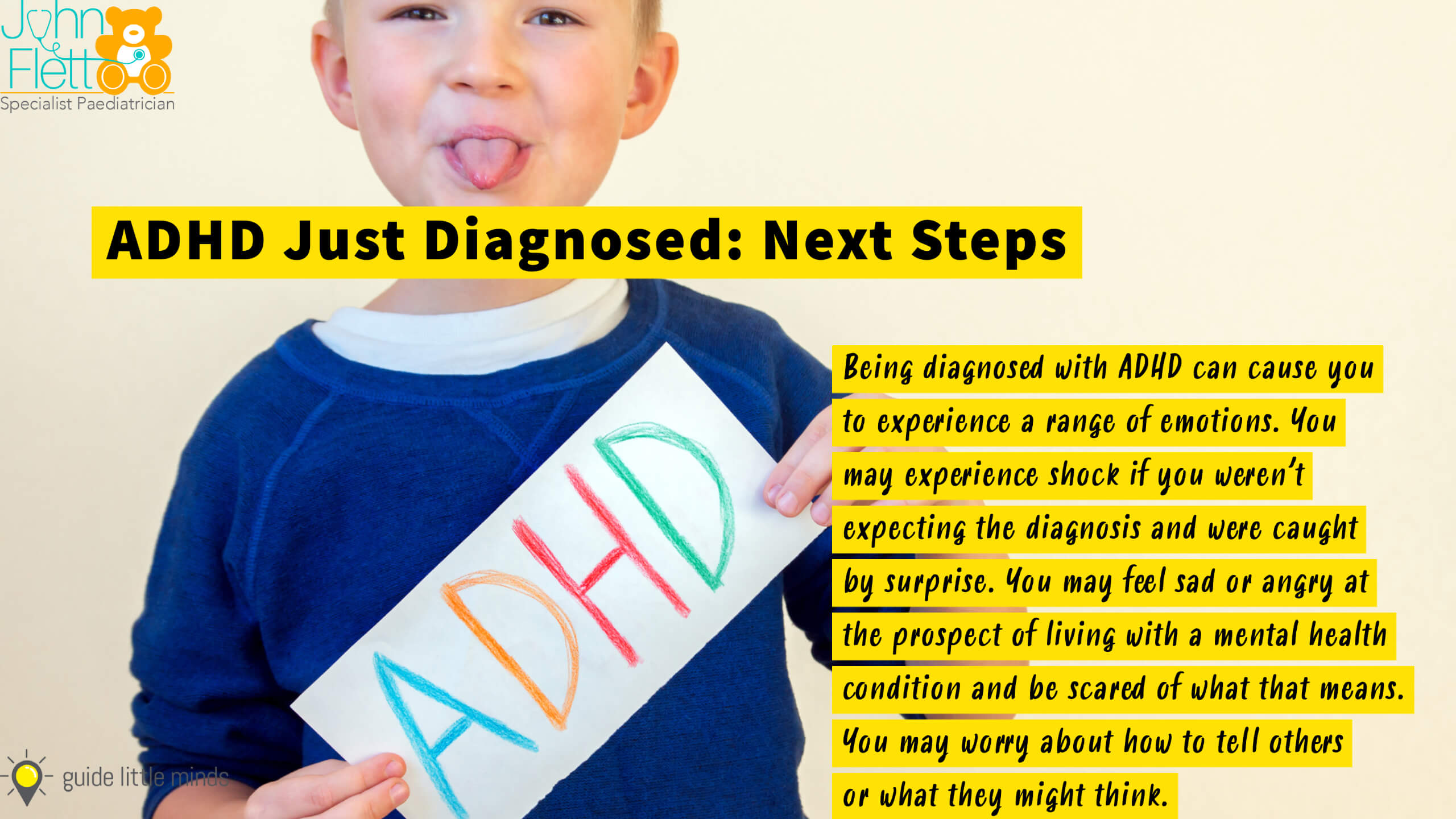
Responses